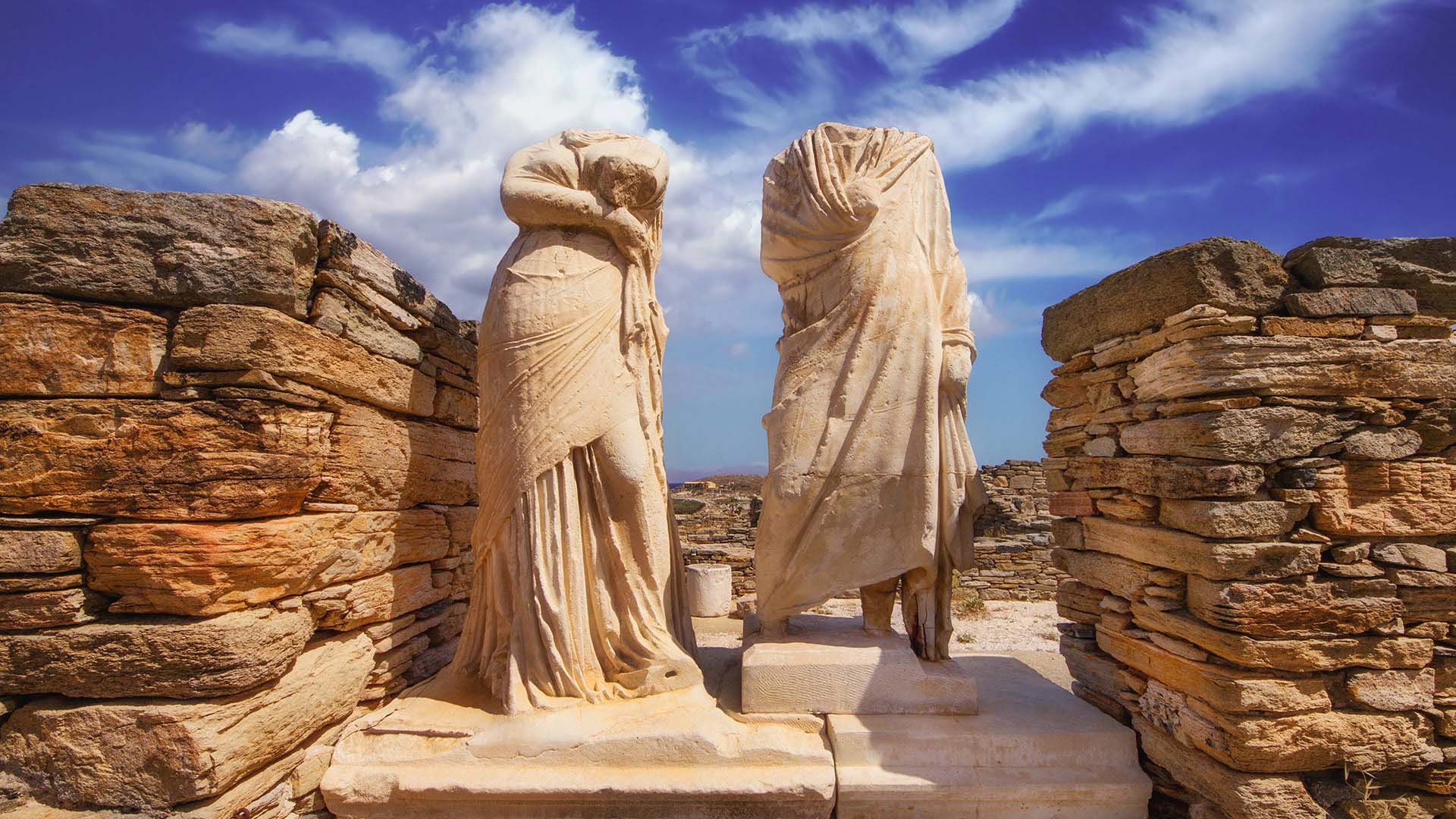
You are using the Free Edition of MykonosAPP. For extensive information on Mykonos, GO PRIME with our comprehensive Greek Travel App featuring the full editions of Mykonos and 25 more Greek islands & Athens.

Mykonos is a small island located in the Aegean Sea, which has a rich and varied history. The island’s first inhabitants were the Carians, an ancient people who established settlements on the island in the 11th century BCE. Later, Mykonos became part of the Ionian civilization, and it played an important role in ancient Greece as a center of commerce and trade.
During the classical period, Mykonos was known for its famous athletes, including the boxer Euthymos, who won several Olympic victories. The island was also a center of artistic and cultural activity, and it was home to several important poets, musicians, and philosophers.
In the Byzantine era, Mykonos became an important religious center, and several churches and monasteries were built on the island. The island also played a role in the early Christian church, and it was visited by several saints, including St. John the Theologian.
During the Venetian period, Mykonos became an important center of trade and commerce. The island was known for its agriculture, fishing, and shipbuilding industries, and it played an important role in the Mediterranean economy. The Venetians also built several fortifications on the island, including the famous Kastro, which still stands today.
In the 18th and 19th centuries, Mykonos became a hub for pirates and smugglers, who took advantage of its strategic location in the Aegean Sea. However, the island also played a role in the Greek War of Independence, and several Mykonians fought against the Ottoman Empire.
In the early 20th century, Mykonos became a popular destination for artists and writers, who were drawn to the island’s natural beauty and unique culture. Among the famous visitors to Mykonos were the writers Henry Miller and Lawrence Durrell, who both wrote extensively about the island.
In the 1950s and 1960s, Mykonos began to develop as a tourist destination, and it quickly became known for its lively nightlife, stunning beaches, and vibrant culture. The island also became a popular destination for the gay community, and it remains a center of LGBT culture in Greece to this day.
Today, Mykonos is one of the most popular tourist destinations in Greece, attracting visitors from around the world who come to experience its unique blend of history, culture, and natural beauty. Despite its modern development, the island has managed to preserve much of its traditional charm, and it remains one of the most beautiful and fascinating destinations in the Mediterranean.